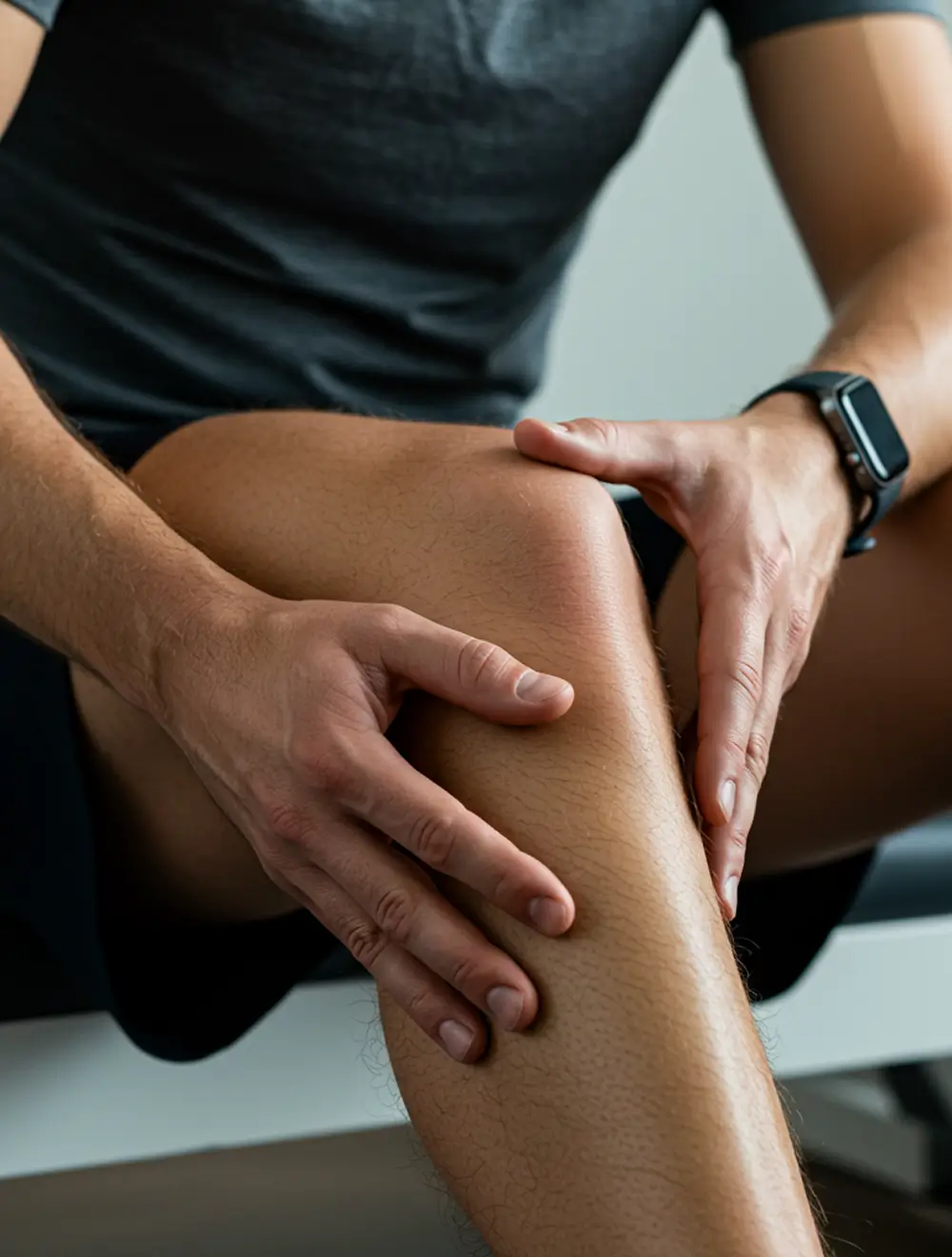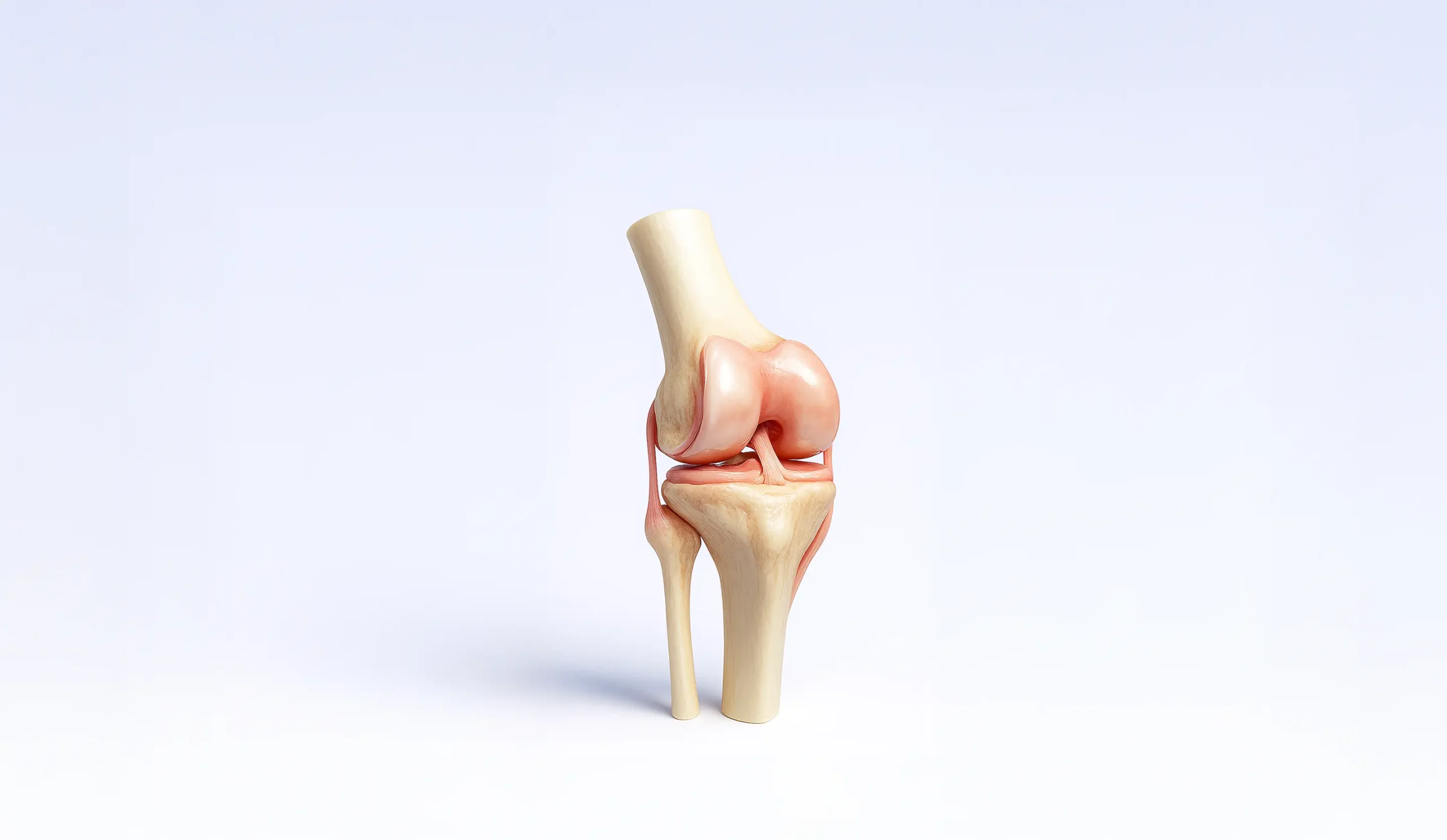Knee PRP Therapy at NTX Regen Center
Suffering from knee pain? PRP therapy uses natural healing to relieve pain and restore movement—without surgery. Get back to your active life at our North Dallas clinics.
What is Knee PRP Therapy?
Knee PRP Therapy is a non-surgical treatment that uses your blood to accelerate healing in damaged knee tissues. PRP (Platelet-Rich Plasma) injections target the root cause of pain and inflammation, providing long-lasting relief. This therapy is particularly effective for treating knee conditions like arthritis, ligament injuries, tendonitis, and cartilage damage.
How Does Knee PRP Therapy Work?
Blood Draw
A small sample of your blood is collected.
Platelet Processing
Platelets are concentrated using a centrifuge.
Injection
Platelets are injected into the knee to promote healing.
Using real-time ultrasound or fluoroscopic guidance, the regenerative solution is delivered precisely where your body needs it most.
Why Choose NTX Regen Center for Knee PRP Therapy?
At NTX Regen Center, we take a personalized approach to every patient. Here’s why our Knee PRP Therapy stands out:
- Experienced Specialists: Our team includes board-certified orthopedic specialists with advanced training in regenerative medicine. We have a deep understanding of knee injuries and the best non-surgical treatments.
- Customized Treatment Plans: We assess your specific condition and create a treatment plan customized to your needs.
- Non-Surgical Option: Our PRP therapy is a minimally invasive procedure, reducing your recovery time and the risk associated with surgery.
- State-of-the-Art Facilities: Our clinics are equipped with the latest technology to ensure the most effective treatment and recovery.
Conditions Treated with Knee PRP Therapy
- Osteoarthritis: Reduces inflammation, promotes cartilage repair.
- Knee Tendonitis: Heals tendons, reduces pain and swelling.
- Meniscus Tears: Promotes tissue regeneration and reduces the need for surgery.
- Patellar Tendon Injuries: Stimulates healing in injured tendons.
Struggling with knee pain?

Stem Cell Therapy Recovery Timeline
Immediate
1-2 Days
Mild soreness can resume light activities
Early Recovery
1 - 2 Weeks
Swelling and discomfort may subside
Full Recovery
3 Months
Full benefits with increased mobility

Benefits of Knee PRP Therapy
- Reduced Pain: Helps decrease inflammation and chronic knee pain.
- Improved Mobility: Restores movement and function, so you can return to your active lifestyle.
- Long-Term Relief: Targets the root causes of knee pain, providing sustained recovery.
- Faster Recovery: Non-invasive, quick recovery with minimal downtime compared to surgery.
Meet Our Care Team
Board-Certified Orthopedic Spine Surgeon
- Specializes in cervical, thoracic, and lumbar spine surgery
- Fellowship-trained in spinal reconstruction surgery
- Board Certified by the American Osteopathic Board of Orthopedic Surgeons
- Published researcher in Spine and national conference presenter (NASS, SRS)
Board-Certified Pain Management & Rehabilitation Specialist
- Fellowship-trained in interventional spine & pain management
- Board Certified in Physical Medicine and Rehabilitation
- Expertise in musculoskeletal pain, neuromuscular disorders, and electrodiagnostics
- Member of AAPMR, AAP, and American Osteopathic Association
Board-Certified Radiologist & Neuroradiologist
- Board Certified in Radiology with CAQs in Interventional Radiology and Neuroradiology
- Fellowship-trained in both interventional radiology and neuroradiology
- Former Chief Resident at University of Nebraska Medical Center
- Member of ACR, RSNA, SIR, and International Spine Intervention Society
Now Offering Knee PRP Across DFW
What Our Patients Are Saying
Lance Henry
“I saw Kassi today for a knee injection, she was very gentle. She explained the procedure well.”
Heidi Carballo
Melissa Sanchez
Frequently Asked Questions
PRP is most effective for early to moderate osteoarthritis, meniscus wear, ligament strain, runner’s knee, and post-surgical tissue irritation. It promotes healing by concentrating your body’s own growth factors. If you’re unsure what stage your joint is in, visit our Knee Pain to compare symptoms, severity, and available treatment options.
Steroids reduce inflammation but may weaken cartilage over time. Gel injections provide cushioning but do not promote healing. PRP, by contrast, delivers concentrated platelets that actively stimulate tissue repair. For more on how PRP compares to other non-surgical treatments, visit the PRP Therapy overview and scroll down to the comparison table.
Your blood is drawn, spun in a centrifuge, and injected into the affected knee under ultrasound or fluoroscopy. The entire visit takes about an hour. Our Frisco clinic and other locations are equipped for on-site imaging and same-day service, making the process safe, efficient, and personalized.
Most patients report early relief within 2 to 4 weeks, with continued improvement over the next 3 to 6 months as healing takes place. For those considering a structured recovery plan with rehab and metabolic support, our 6-Month Regenerative Program may further enhance your long-term results.
Some patients achieve meaningful results from a single injection, while others benefit from a series spaced weeks apart. Your provider will evaluate response and tissue status using follow-up imaging. For conditions that respond slowly, stem-cell options may also be considered. See our Stem-Cell Therapy for Knees for next-step care options.
Yes. Many patients try PRP to reduce symptoms and delay or avoid knee replacement. It can also be used after surgery to reduce post-op inflammation. To see how PRP supports joint longevity and function, visit our Arthritis & Joint Pain and read about biologic alternatives to surgical intervention.